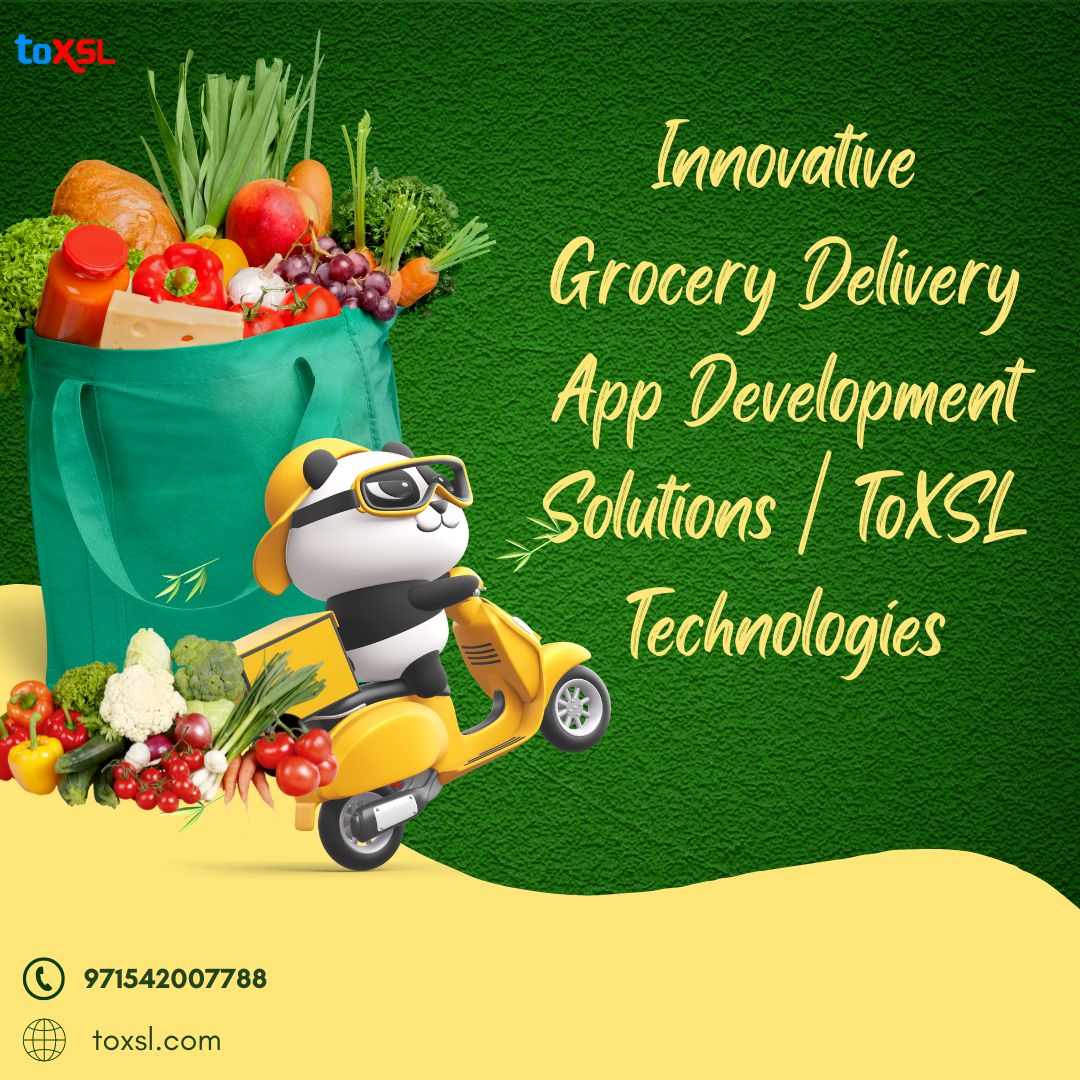Powering the future sustainably: Harnessing the limitless potential of renewable energy.
Renewable energy technologies have witnessed significant advancements in recent years, particularly in the fields of solar, wind, and hydro power. These sustainable energy sources have gained considerable attention due to their potential to mitigate climate change and reduce reliance on fossil fuels. Innovations in solar power have led to more efficient photovoltaic cells and the development of solar farms. Similarly, advancements in wind power have resulted in larger and more efficient turbines, while hydro power has seen improvements in turbine technology and the utilization of tidal and wave energy. These advancements in renewable energy tech hold great promise for a cleaner and more sustainable future.
Advancements in Solar Power Technology
Renewable Energy Tech: Advancements in Solar, Wind, and Hydro Power
Advancements in Solar Power Technology
Solar power has emerged as one of the most promising sources of renewable energy in recent years. With the increasing concerns about climate change and the need to reduce greenhouse gas emissions, scientists and engineers have been working tirelessly to improve solar power technology. These advancements have led to more efficient and cost-effective solar panels, making solar energy a viable option for both residential and commercial use.
One of the major advancements in solar power technology is the development of high-efficiency solar cells. Traditional solar cells, also known as photovoltaic cells, convert sunlight into electricity by absorbing photons and releasing electrons. However, these cells have been limited by their low efficiency, with only a small percentage of sunlight being converted into usable electricity.
To overcome this limitation, researchers have been experimenting with new materials and designs for solar cells. One such advancement is the use of perovskite materials, which have shown great promise in improving the efficiency of solar cells. Perovskite solar cells have achieved record-breaking efficiency levels, surpassing the performance of traditional silicon-based cells. This breakthrough has the potential to revolutionize the solar industry and make solar energy even more accessible to the masses.
Another significant advancement in solar power technology is the development of solar panels with integrated energy storage systems. Traditionally, solar energy has been dependent on sunlight, meaning that it can only be generated during the day. However, with the integration of energy storage systems, excess energy generated during the day can be stored and used during the night or on cloudy days. This not only increases the reliability of solar power but also reduces the need for backup power sources.
Furthermore, advancements in solar panel design have made them more aesthetically pleasing and versatile. In the past, solar panels were bulky and unattractive, limiting their use in residential areas. However, with the development of thin-film solar panels, which are lightweight and flexible, solar panels can now be integrated into various surfaces, such as roofs, windows, and even clothing. This opens up a whole new range of possibilities for solar energy integration and makes it more appealing to homeowners and businesses alike.
In addition to these advancements, researchers are also exploring new ways to increase the efficiency of solar power systems. One such approach is the use of concentrated solar power (CSP) technology. CSP systems use mirrors or lenses to concentrate sunlight onto a small area, which then heats up a fluid to generate electricity. This method allows for higher efficiency and can be used in large-scale power plants. Furthermore, advancements in CSP technology have also led to the development of solar thermal storage systems, which can store excess heat generated during the day and use it to generate electricity at night.
In conclusion, advancements in solar power technology have made significant strides in recent years. From high-efficiency solar cells to integrated energy storage systems and innovative panel designs, solar energy has become a more viable and attractive option for meeting our energy needs. With ongoing research and development, it is likely that solar power will continue to play a crucial role in our transition to a more sustainable and clean energy future.
Advancements in Wind Power Technology
Advancements in Wind Power Technology
Wind power has long been recognized as a valuable source of renewable energy. Harnessing the power of the wind to generate electricity has become increasingly popular in recent years, and advancements in wind power technology have played a significant role in this growth. These advancements have not only made wind power more efficient and cost-effective but have also addressed some of the challenges associated with this form of renewable energy.
One of the key advancements in wind power technology is the development of larger and more efficient wind turbines. Early wind turbines were relatively small and had limited power-generating capacity. However, with advancements in materials and design, modern wind turbines have become much larger and more powerful. These larger turbines can capture more wind energy and generate more electricity, making wind power a more viable option for meeting the growing energy demands of today’s world.
Another significant advancement in wind power technology is the use of advanced control systems. These systems allow wind turbines to optimize their performance by adjusting the angle and pitch of the blades based on wind conditions. By constantly monitoring wind speed and direction, these control systems ensure that the turbines operate at their maximum efficiency, maximizing the amount of electricity generated. This not only increases the overall energy output but also reduces wear and tear on the turbines, extending their lifespan.
Furthermore, advancements in wind power technology have also addressed the issue of intermittency. Wind is not a constant source of energy, and its availability can vary throughout the day and across different seasons. To overcome this challenge, researchers and engineers have developed innovative energy storage solutions. These solutions allow excess electricity generated during periods of high wind to be stored and used when the wind is not blowing. By integrating energy storage systems with wind power plants, the reliability and stability of wind energy can be significantly improved, making it a more dependable source of electricity.
In addition to these technical advancements, there have also been significant improvements in the installation and maintenance of wind turbines. The development of advanced construction techniques and equipment has made it easier and more cost-effective to install wind turbines in various locations, including offshore sites. This has opened up new opportunities for wind power generation, particularly in areas with strong and consistent winds. Furthermore, advancements in predictive maintenance technologies have allowed for more efficient and proactive maintenance of wind turbines, reducing downtime and increasing their overall reliability.
Overall, advancements in wind power technology have transformed this renewable energy source into a viable and competitive alternative to traditional fossil fuel-based power generation. The development of larger and more efficient wind turbines, advanced control systems, energy storage solutions, and improved installation and maintenance techniques have all contributed to the growth of wind power. These advancements have not only made wind power more economically viable but have also addressed some of the challenges associated with its intermittent nature. As a result, wind power is now playing a significant role in the global transition towards a more sustainable and clean energy future.
Advancements in Hydro Power Technology
Advancements in Hydro Power Technology
Hydro power, also known as water power, has been used for centuries as a reliable source of energy. It harnesses the power of flowing or falling water to generate electricity. Over the years, advancements in hydro power technology have made it even more efficient and sustainable.
One of the major advancements in hydro power technology is the development of more efficient turbines. Turbines are the heart of hydro power plants, as they convert the kinetic energy of water into mechanical energy, which is then used to generate electricity. Traditional turbines were not very efficient, with a lot of energy being lost as heat. However, modern turbines are designed to capture more energy from the water, resulting in higher electricity generation.
Another significant advancement in hydro power technology is the use of pumped storage. Pumped storage is a method of storing energy by using two reservoirs at different elevations. During periods of low electricity demand, excess energy is used to pump water from the lower reservoir to the upper reservoir. When there is a high demand for electricity, the stored water is released back to the lower reservoir, passing through turbines to generate electricity. This technology allows for the efficient use of excess energy and helps stabilize the grid during peak demand periods.
Furthermore, advancements in materials and construction techniques have made hydro power plants more durable and cost-effective. In the past, building a hydro power plant required extensive concrete construction, which was time-consuming and expensive. However, the use of advanced materials such as high-strength steel and composite materials has reduced construction costs and improved the overall efficiency of hydro power plants.
Additionally, the development of small-scale hydro power systems has opened up new possibilities for harnessing energy from rivers and streams. These systems, known as micro-hydro power, can generate electricity for remote communities or individual households. They are relatively simple to install and maintain, making them a viable option for areas with limited access to the grid.
Moreover, advancements in hydro power technology have also focused on minimizing the environmental impact of hydro power plants. Fish-friendly turbines have been developed to prevent fish from being injured or killed as they pass through the turbines. Fish ladders and fish bypass systems have also been implemented to allow fish to migrate upstream and downstream without hindrance.
In conclusion, advancements in hydro power technology have revolutionized the way we harness energy from water. More efficient turbines, pumped storage systems, and the use of advanced materials have made hydro power plants more reliable and cost-effective. The development of small-scale hydro power systems has also provided energy solutions for remote areas. Furthermore, efforts to minimize the environmental impact of hydro power plants have been successful, with the implementation of fish-friendly turbines and fish bypass systems. As we continue to explore renewable energy sources, hydro power remains a crucial component of our sustainable energy future.In conclusion, advancements in renewable energy technologies, particularly in solar, wind, and hydro power, have shown great potential in addressing the global energy challenges. Solar power has become more efficient and cost-effective with the development of new materials and technologies. Wind power has seen significant growth due to improved turbine designs and increased installation capacities. Hydro power continues to be a reliable and widely used renewable energy source, with advancements in turbine technology and the exploration of new sites. These advancements in renewable energy tech offer promising solutions for reducing greenhouse gas emissions, promoting energy independence, and mitigating climate change.






